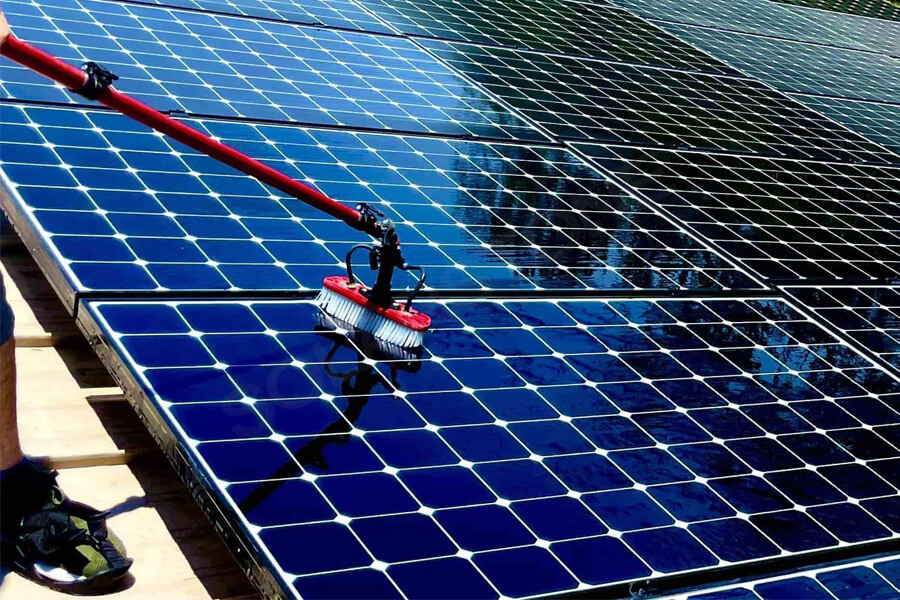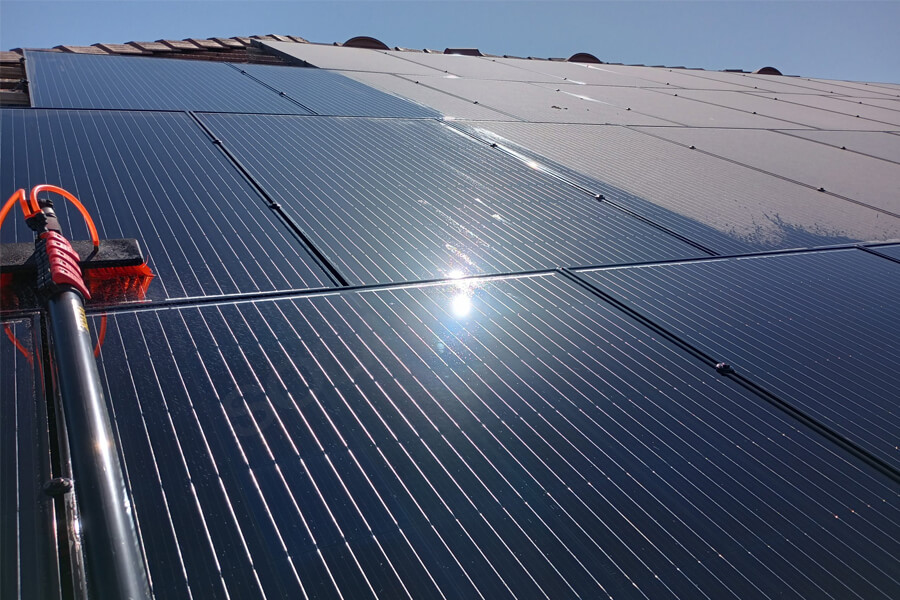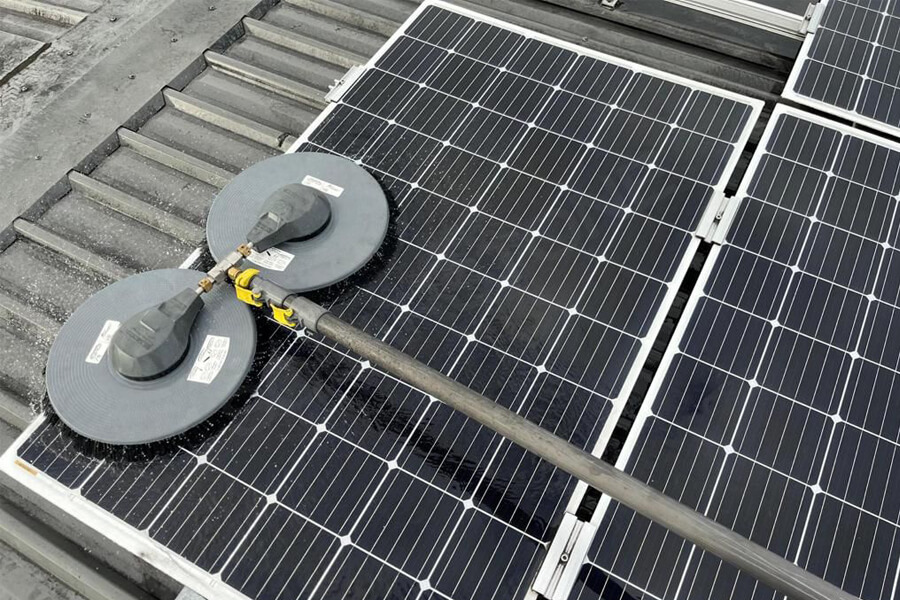We all know that solar panels are usually installed on the top of RVs, exposed to wind and rain, and exposed to outdoor environments for a long time, dust and debris inevitably adhere to them, putting them on “thick clothes” and leading to a decrease in their power generation efficiency.
In addition, the load resistance formed by local shadow obstruction can reduce the power generation, and prolonged exposure may even lead to combustion and fire, causing unnecessary trouble.
Regularly checking the fixing screws and brackets can also indirectly extend the service life of solar panels from other perspectives, providing protection for your travel electricity.
I believe everyone wants solar panels to always be twice as powerful in terms of body and power generation!
How should we maintain and upkeep solar panels?
Firstly, in terms of timing, it is generally recommended to clean the solar panels during times of poor sunlight conditions, such as in the morning or evening.
Secondly, before cleaning the solar panel, it is necessary to check whether the solar panel is damaged, and whether its connecting wires and related components are damaged or adhered;
Thirdly, do not use hard and sharp tools or corrosive solvents or alkaline organic solvents to wipe solar panels. Try to choose some soft tools such as sponges, cotton towels, etc.
Fourthly, it is necessary to pay attention to the cleanliness of the entire solar panel, especially the corners where dirt is prone to accumulate, to avoid load resistance caused by local shading, which affects power generation efficiency.
It should also be noted that if the solar panel is fixed by screws, the screws need to be checked regularly. Although many screws now have good antioxidant properties, prolonged exposure to snow and rain can still have an impact on the screws. Regular inspections are necessary to ensure a secure installation.
In addition to maintenance and cleaning, high-quality solar cells are also a guarantee of power generation efficiency
In fact, the premise for considering various environmental and installation factors is that solar cells must be brand new and of high quality.
If it is not a brand new and high-quality solar cell, but uses other first, second, and third level solar cells on the market, there will be color differences, color spots, water marks, fingerprints, positive electrode damage, scratches, broken edges, missing corners, and other problems, resulting in power loss.
You bought a 100W solar panel, but in reality it is less than 100W. No matter how you maintain it, its power generation effect is still greatly reduced. Even some may experience hot spot effects, leading to gradual heating, short circuits, and the risk of combustion.






